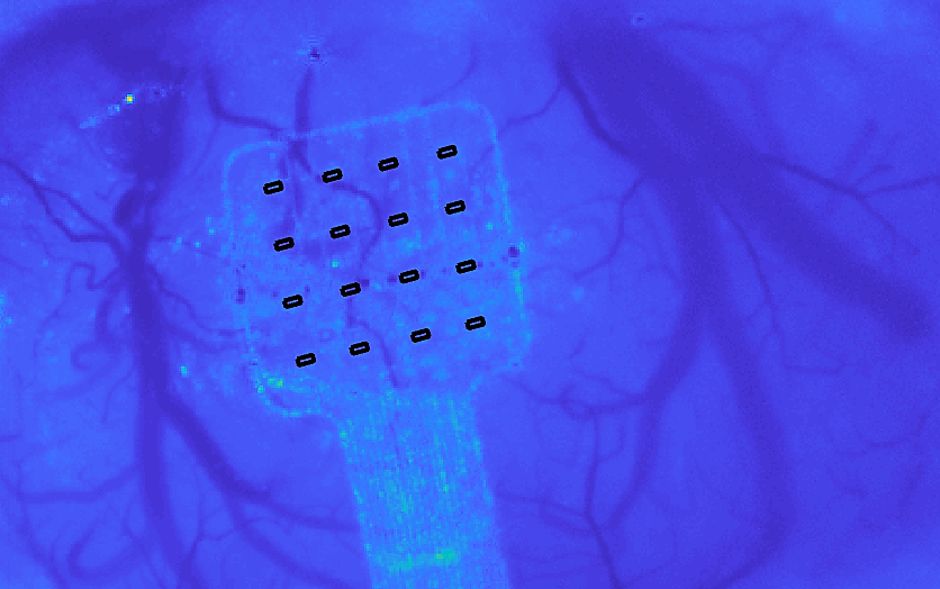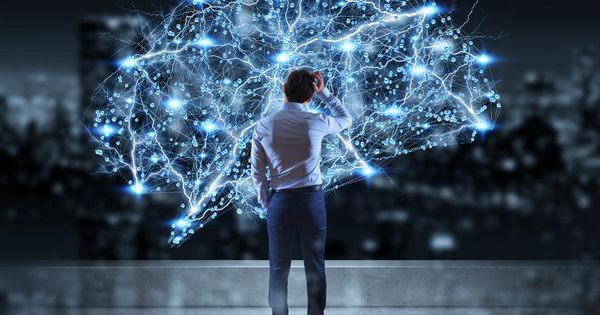The Singularity is Near.
The first 500 people to click this link get 2 months of Skillshare for free: http://skl.sh/justwrite5
Support the channel here: https://www.patreon.com/justwrite
For fifteen years, I’ve assumed that the Matrix Sequels were irredeemable failures. But looking back on them with fresh eyes reveals a pair of films that are exhilarating, interesting, and sometimes hilarious. In this video I try to make sense of these two movies, and what they have to say about free will and the systems that control society.
Join the community!
Website ▶ https://www.justwritemedia.com
Twitter ▶ https://www.twitter.com/SageHyden
Facebook ▶ http://ow.ly/6u9Z30iyp8J
Works Cited:
DRAGUNOIU, DANA. “Neo’s Kantian Choice: ‘The Matrix Reloaded’ and the Limits of the Posthuman.” Mosaic: An Interdisciplinary Critical Journal, vol. 40, no. 4, 2007, pp. 51–67. JSTOR, JSTOR, www.jstor.org/stable/44030393. https://www.jstor.org/stable/44030393?read-now=1&loggedin=true&seq=1#metadata_info_tab_contents
For more on Immanuel Kant’s Categorical Imperative read: Groundwork of the Metaphysics of Morals.
More Matrix analysis:








